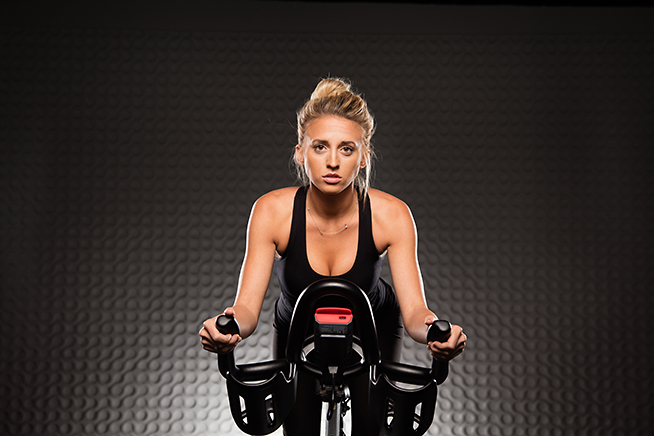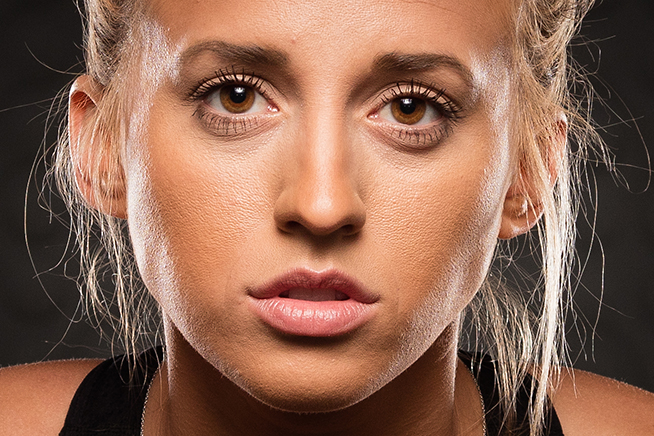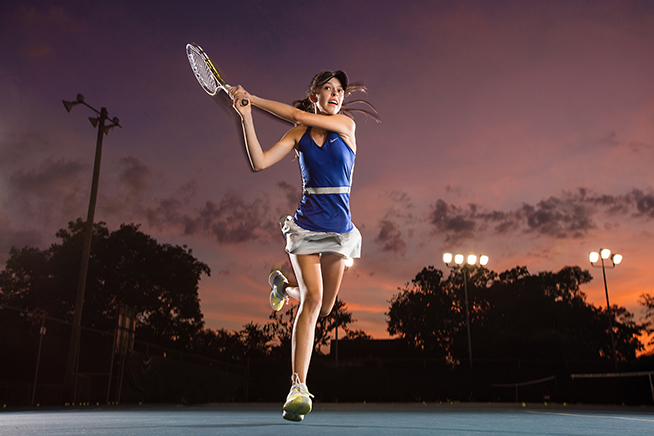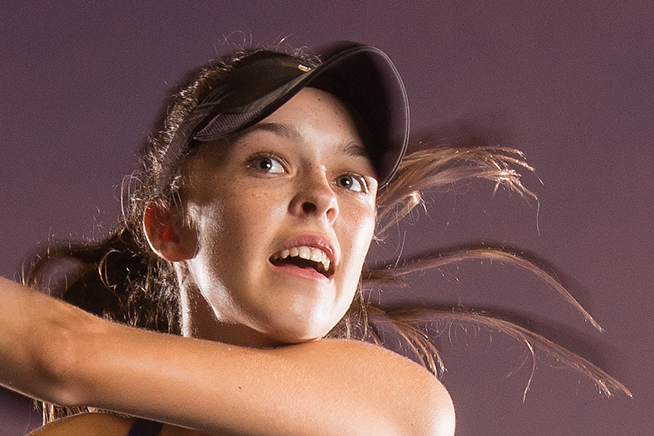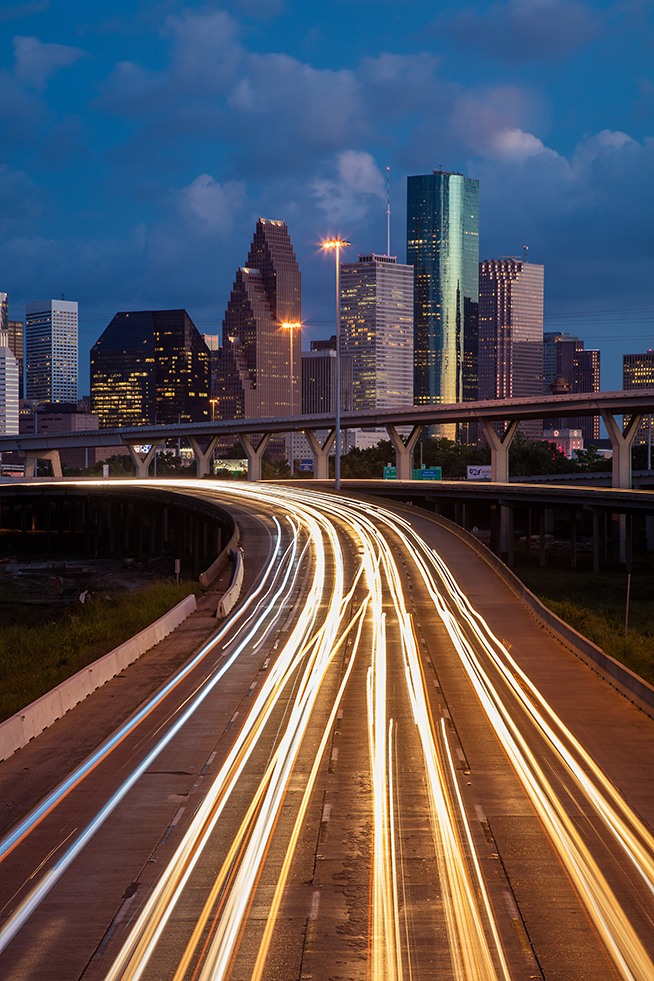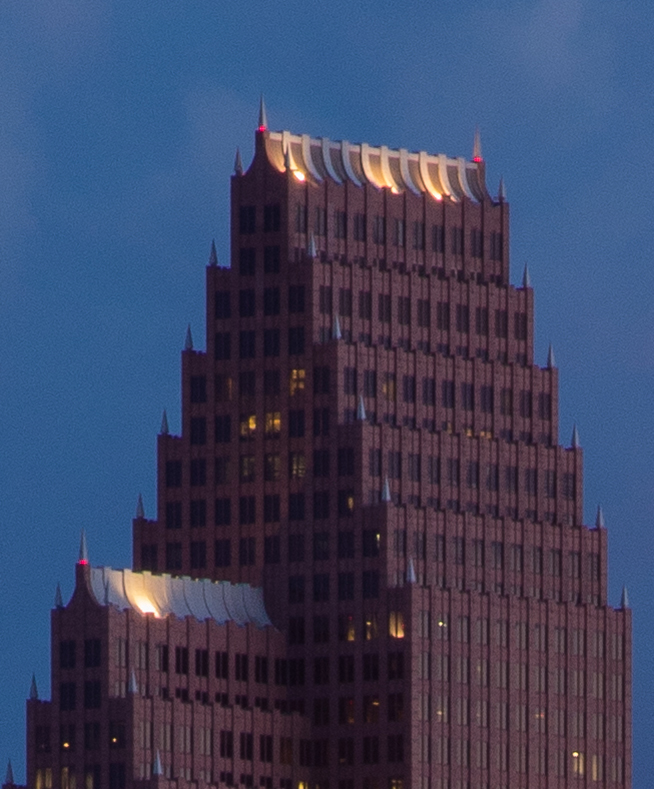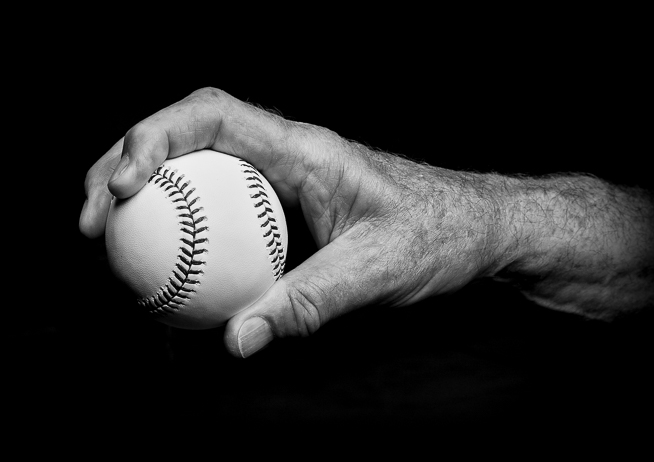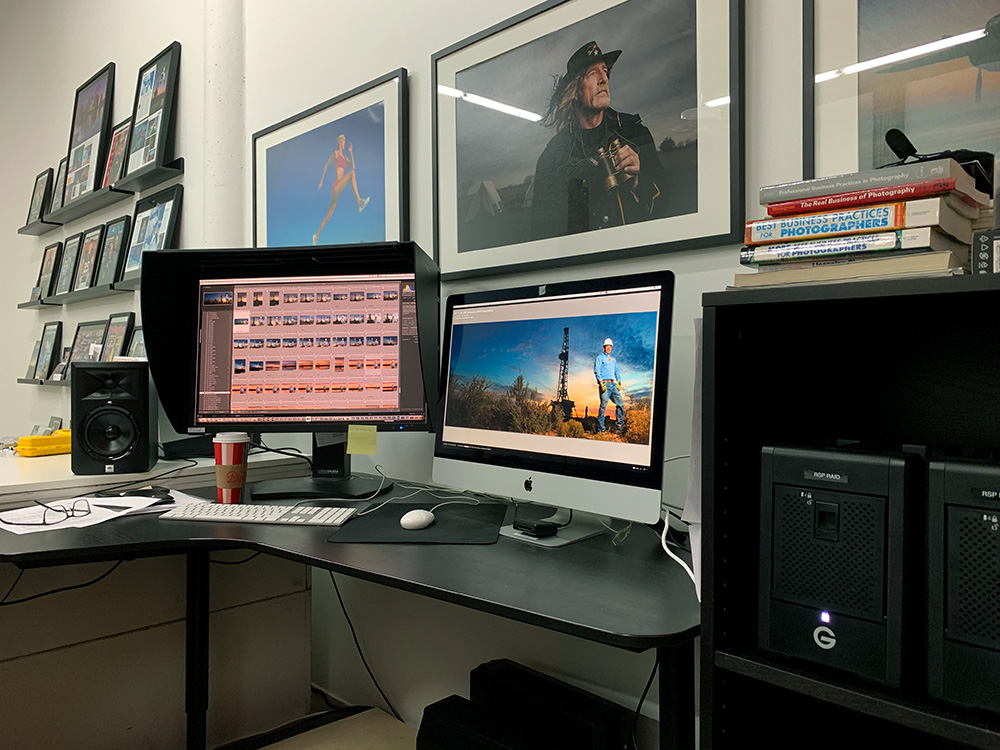
(UPDATED 12/19/2018 – originally published March 31, 2014)
I get a call almost every week from various photographers who are interested in starting a successful photography business. Many are old photojournalism colleagues leaving their newspaper staff jobs (sometimes voluntarily, sometimes not…), some are college students nearing graduation, others are assistants who are ready to strike out on their own, and sometimes, they are advanced amateurs in other careers who I’ve met at a workshop. All of them want the same thing….”I want to do what you’re doing….you know, work full-time as a commercial photographer.”
It happens often enough, and I’ve given the same advice so many times, that I thought it might be helpful to write it all down in one place, and along the way, dispel some misconceptions about what it’s really like to be a professional commercial photographer. I don’t mean for this to sound condescending in any way. What follows is legitimate info for many who are just starting out, and if you find that any of it is below your experience or skill level, then feel free to move on.
Starting a photography business is tough. When I speak to college students, I’ve told them not to pursue this if it’s only a passing interest, or something they think would be a cool job. I tell them to pursue photography ONLY if you can’t imagine yourself doing anything else. It sounds corny, but I often compare being a professional photographer to becoming an actor, a professional musician, or a priest… LOTS of people want to do this, and only a handful with total commitment make it in any successful way.
Ok, let’s assume the commitment level is there. What is it really like to be a professional photographer in today’s world?
First, let’s dispel the notion that commercial photographers have a camera in their hands every day. This will vary for individuals, and by season, but I would guess that I spend a good 75-80% of my working hours in front of a computer – not out shooting. I consider that to be a pretty successful ratio. No one starting out really thinks about it, but digital workflow, retouching, billing, marketing, pre-production, post-production, accounting, taxes, etc… and the plethora of general business paperwork takes up a ton of time.
Second, some basic economics about working for yourself in this business. Let’s say you have a staff job at a newspaper, university, or company that pays you 65K a year, with company camera gear and computers, vacation time, insurance and 401K benefits. You might want to seriously consider keeping that job. You’ll need to more than double that figure in revenue to maintain that level of income for yourself. Those with full time jobs who think this is just a fun, easy career often don’t consider all the various ways you’ll spend money as a commercial photographer. It’s not just cameras and computers… you’ll need insurance (healthcare, liability insurance, and equipment insurance to name a few), retirement SEP contributions, accounting and legal fees, marketing expenses, website expenses, advertising expenses, digital storage expenses, office supplies, mobile and office phones, high speed internet, software upgrades (legitimate software… you can’t just steal it from the newspaper or university anymore), really nice custom made portfolios, assistants, retouchers, sales tax, franchise tax, and enough reserve/cash flow to take jobs, pay everybody, and keep the place running while you wait around to get paid – sometimes for several months.
And, oh yeah, I’m not mentioning the fact that when working for yourself, you can kiss that 2-4 week paid vacation goodbye, and that you will spend every spare minute after hours, on your weekends, in your sleep, etc. obsessing about your business and thinking constantly about how to make it better. A staffer can go home at 5 or on a weekend, disconnect, and enjoy their time off. When you work for yourself – there is no time off… and every minute will be filled with worry.
Sorry to be negative, but I want to prepare you for the reality of working in this business, and I don’t want to sugar-coat what the day-to-day routine is actually like.
One of the biggest mistakes I see new freelancers making, particularly the former newspaper guys, is unrealistic gear purchases. Many shooters, particularly those that spent a lot of time doing sports think they need to start their business with 3 of the fastest professional bodies (usually 6K a piece), a 400/2.8 (12K), a 300/2.8 (6K), all three zooms , 16-35/2.8, 24-70/2.8, and 70-200/2.8 (roughly 6K), and a new Mac laptop (3.5K). After all, that’s what you used at the newspaper or university you worked for, right? This is what the well-equipped photojournalist needs, right?
Ok, let’s think about this for a second. That’s roughly 40,000 dollars – just for camera gear. We haven’t even mentioned lighting, grip, cases, desktop computer, storage, printers, etc. You haven’t designed a website yet, or paid for insurance, or any of the other previously mentioned things. What kind of assignments will you do with said gear? Shoot some football or basketball games? For whom?
“I’ll just work for my local paper or an agency or a wire service…” Think carefully about it. There are predators out there waiting to take advantage of people who just want to go to games, news events, and be in on the action. Their business models are built around having an endless supply of newbies to provide free (or almost free) content that they can turn around and sell. If you’re one of the lucky ones, you’ll make 125.00 to 250.00 bucks for your effort (in many markets, there are people lining up to shoot games on spec/and/or for free). When you do the math on how long a sporting event takes, getting there early, parking, shooting, editing, captioning and sending a ton of photos, leaving late, driving home, you’ll quickly see that the average fast food employee is pretty much kicking your ass. …and they didn’t have to invest 40K to buy their own French fry fryers, stoves, or spatulas. They don’t have to wear a ridiculous fanny pack either.
Speaking of capital investment – that 40K in gear you bought can’t be amortized over 10-20 years like capital expenditures in some other business… it will need to all be replaced in 3-4 years, just like your computers… and as technology advances that cycle will continue for years to come.
This is tough for many former photojournalists to reconcile. Many have made their living this way forever, being at all the big news or sporting events, hanging out with their colleagues all carrying big giant lenses on monopods, credentials around their neck, etc. To many, it becomes their identity, and it is difficult to reconcile that despite your years of experience, no one is going to pay you to go to the Super Bowl this year, or the Republican convention, or to the earthquake in Haiti. It’s tough to tell someone who worked at a sports magazine, or a big metro newspaper that, yes, you can still make a good living in photography – it just may not be doing what you used to do. Letting go of that identity is tough. I know… it’s something I experienced myself.

There are a few prerequisites to starting a successful photography business:
- You need great, original pictures with a consistent vision
- You need some serious money, as it is very expensive to start a photography business
- You need a healthy knowledge about LICENSING PHOTOGRAPHS and how to successfully run a photography business.
(A client or two would help, too, but we’ll get to that later.)
The Top 5 Photography Books That You MUST Own
I can’t help with the first two… You’re really on your own there, but I’ve read a lot of business books, and several specifically about the photography business, self promotion, marketing for photographers, etc., so I can make these recommendations comfortably.
I’ve sent this list around to various friends in transition, students, and former assistants, and I can promise you, if you read all of these cover to cover, you’ll have a firm grasp on how your photography business should work, and a really good introduction to usage-based pricing, which is the cornerstone of what we do. (If you click on the titles below I have linked them to Amazon for you.)
 1. The Real Business of Photography, Richard Weisgrau ; Allworth Press
1. The Real Business of Photography, Richard Weisgrau ; Allworth Press
One of the best books about photography business I’ve ever read, and really should be the first thing you read if you’re thinking about doing this for a living. Weisgrau is a former ASMP (American Society of Media Photographers) executive director and he speaks intelligently about licensing photography, doing estimates, managing finances, etc. A really great book.
 2. Best Business Practices for Photographers, John Harrington ; Course Technology
2. Best Business Practices for Photographers, John Harrington ; Course Technology
John runs the Photo Business News and Forum blog (www.photobusinessforum.blogspot.com) and has been a respected voice and frequent speaker in our industry. If you’ve ever watched him dissect an estimate, and show how he turns a simple 500.00 job into a multi-thousand dollar job just by asking the right questions, it’s truly a thing of beauty. His book has lots of actual examples of job estimates and email trails that show his process. Very valuable stuff that few people are willing to share with their peers.
 3. ASMP Professional Business Practices in Photography, American Society of Media Photographers – edited by Susan Carr (Seventh Edition) ; Allworth Press
3. ASMP Professional Business Practices in Photography, American Society of Media Photographers – edited by Susan Carr (Seventh Edition) ; Allworth Press
Edited by the late Susan Carr, who really did so many things to educate and help her fellow photographers, this is the latest edition of ASMP’s business bible. There are chapters on licensing, copyright, releases, paperwork, marketing, you name it. A good overview of the commercial photography business. I believe you still get one of these included in your membership when you join ASMP.
 4. The Photographer’s Guide to Negotiating, Richard Weisgrau ; Allworth Press
4. The Photographer’s Guide to Negotiating, Richard Weisgrau ; Allworth Press
Another book by Weisgrau, and really my favorite. (You still have to read ALL of these, though – no shortcuts!). He talks about negotiating tactics, how to present offers and counter offers, psychology, dealing with contracts, negotiating strategy, and includes some interviews with real world professionals who have been in business for years.
 5. The Photographer’s Survival Guide, Suzane Sease and Amanda Sosa Stone; Amphoto Books
5. The Photographer’s Survival Guide, Suzane Sease and Amanda Sosa Stone; Amphoto Books
I’ve read a lot of books about marketing and self promotion, but this is easily the best and most useful. Sease and Sosa Stone are both former art buyers, reps, and now consultants, who provide a ton of real world expertise to photography marketing and brand building. They also discuss presentation, portfolios, promos, and even include a handy disc in the book with essential business and estimating forms you can use.
I can’t emphasize how important it is to study these books. It amazes me how many people will invest 100k in their business buying the latest cameras and computers, but won’t take the time to study up on how the business works. Don’t be the dork out there charging by the hour and giving away your copyright on every assignment. It’s not supposed to work that way, and you’ll be doing all your colleagues a disservice if you fly blind into our chosen field.
All together, these books cost maybe 130 bucks…they really might be the most important pieces of equipment you ever buy.

I have a note on my desk that I wrote down at an ASMP business seminar several years ago. Detroit photographer Blake Discher, a super savvy business guy, was our speaker, and he said something incredibly simple that I’ll never forget.
“There are three steps to running a successful business:
- Create a unique value proposition.
- Ensure that you have a large enough addressable market.
- Make more money than you spend.”
Sounds simple right? It is, but you would be shocked how many people don’t think about these simple steps.
Think about number one… What’s unique that separates you from all the other photographers in your market? What skill or know-how do you have that’s totally you? If you live in Denver, and you want to shoot outdoor/adventure sports, what makes you different? There are 50 people already doing what you want to do in that market. How will you stand out from the crowd?
Think about number two… Do you have a large enough addressable market to survive where you are? I would love to shoot movie posters or fashion, but guess what – I live in Houston, and we don’t have any movie studios or fashion magazines here. So that’s probably not a wise niche for me to choose.
You should really think about these first two, analyze your local market and competition, and consider your options carefully before hanging out your shingle. Are you putting yourself in a realistic position to succeed? If there’s a specific genre you want to shoot, and it doesn’t exist where you are, you may want to consider moving.
Number three is pretty obvious.
Anyway….those are the really simple steps. Now I’m going to write about the nuts and bolts of starting up a photo business. A lot of this is common sense and has been covered before. Some of these are no brainers, but I’m going to throw them in anyway, just to be thorough.The
21 Tips for Starting your Photo Business
DISCLAIMER: It would we wise to consult with your attorney or financial advisor: I’m definitely not a lawyer or CPA, and I can’t even claim I stayed in a Holiday Inn Express last night either.
1. SAVE A BOATLOAD OF CASH – Super important. At a previous photo seminar I attended, the speaker said that you should have at least 6 months salary reserved before embarking on your own. I think that’s a good guide, but bear in mind that your money isn’t just to buy cameras, computers, etc…You’ll need operating cash to do jobs, run the business and pay assistants while you’re getting off the ground.
2. SET UP AN LLC OR S-CORP – Talk to your accountant about what makes the most sense for you in your state, but you definitely should be incorporated as soon as possible. This will help you liability wise, and although you’ll have more paperwork to deal with, you’ll likely get to keep more of the money you make versus being just a sole proprietor. This is particularly important with new post 2018 tax rules.
3. ENLIST PROFESSIONALS TO HELP YOU – You should have a CPA, a financial advisor, and a lawyer. You will likely have the CPA on speed dial, contacting them throughout the year to file quarterly reports, sales tax, and pay estimated taxes. Don’t be cheap and try to do this yourself.
4. GET A SALES TAX NUMBER – State laws vary, and not all photo jobs are subject to sales tax, but in many states, you’ll be dealing with this all the time. Don’t be the loser who tries to fly under the radar on this. Operate your business like a grown up. You might get wacked 5 years from now and find you owe your state a couple hundred thousand dollars. That would suck.
5. SEPARATE PERSONAL AND BUSINESS FINANCES – The first step here, after your corporation is set up, is to run to the bank and set up a business checking account. Don’t operate your business out of your personal funds….you’ll be confused, and so will the IRS.
6. BUY INSURANCE – If you’re lucky, you’ll have a spouse with healthcare insurance. If not, that should be your first step. Next, you need insurance for your business. Make sure the policy is by a company that is used to dealing with professional photographers and their unique needs. It should cover cameras and gear, rental gear, computers, provide shoot insurance for reshoots on botched jobs, rental studio coverage, lost portfolio coverage, and liability coverage. Many buildings won’t let you set foot inside to do a shoot without proof of liability coverage. ASMP is a good resource for this type of insurance.
7. GET A BUSINESS CREDIT CARD – Another part of separating your personal and business finances. This makes it much easier at the end of the year to see what you spent on gear, hotels, airline tickets, etc. I recommend a business Amex, as the Membership Rewards program gives you points you can use toward all sorts of things, but any card where you can get points toward future spending will work well.
8. ONLY BUY GEAR THAT MAKES YOU MONEY – I mentioned the gear hoarding syndrome that many of us have a couple of posts back. This is one of the areas that really sinks many photographers starting out. It might be great to have a 600mm/f4 and 12 bodies, but you could probably do 85% of your jobs with one body and a 24-105mm lens and a small lighting kit. Think before you buy. Rent if you can, and ask yourself this question before giving B&H your Amex number: “Will this piece of gear make me more money?”
9. WORK ON YOUR WORKFLOW – Think about your archive 1, 5, even 10-20 years down the road and start with good workflow habits. Learn to properly use Lightroom or Aperture and the correct file naming, organization, and back up system to protect your work. Have a good computer system in place, with plenty of backup drives, and be disciplined. If you’re new to Lightroom, Seth Resnick’s D-65 workshop is excellent.
10. CREATE A WEBSITE AND EDIT RUTHLESSLY – This applies particularly to students and veteran newspaper guys in transition. What you learned about portfolios up till now doesn’t really apply anymore. In most cases, no one cares about your spot news or your sports action photos. Figure out what you’re going after in your market, and edit down to a couple of niches. Be ruthless in your edit. No excuses. Hire a consultant if you have to. I use Rob Haggart’s excellent APhotoFolio platform, but there are other excellent choices including Photoshelter and Sitewelder, or just having someone build you custom solution.
11. CREATE A PHYSICAL PORTFOLIO – Depending on your market, showing up for a meeting with just an Ipad may not be enough. There are ad agencies and design firms out there that are used to being blown away by incredible, expensive, custom made books. We’re talking ink jet paper made from the saliva of free-range fair-trade South American wasps, and embossed leather from humpback whale foreskins. Think about what your portfolio should look like, the market you’re after, and make sure it is consistent with the rest of your branding. In short, it needs to be perfect.
12. SETTLE ON YOUR BRANDING – Do you see IBM or Coca-Cola changing their logo every couple of weeks? No. You shouldn’t either. Settle on a look, work with a good designer and make sure your branding is consistent across all platforms: website, business cards, stationary, invoices, portfolios, promo cards, etc….and yes, you need all those things.
13. NAME YOUR BUSINESS CORRECTLY – My personal opinion – but I think photographers should use their own name in the title of their business. If you want to add “Photography” or “Images” or “Visuals” or “Productions” to the official name, knock yourself out. Know this though: No client out there is going to remember “Hot-Shotz” or “Extreme Images” or “Ginger Snaps” (I swear, this is not a joke….I met someone at a workshop who used that one – and you guessed it…..her name was Ginger). They will remember you, Bob Smith, or whatever the hell your name is. Then they’ll start googling you to look you up one day, because they’ve thrown all your promo cards in the trash without looking at them, and they won’t be able to find you. Why?…..Because you named your business something generic. Have you ever seen a coffee table book in the photo section of a bookstore with “Hot-Shotz” or something dorky like that? No….you see Richard Avedon, Irving Penn, Herb Ritts, Patrick Demarchelier, etc…see my point?
14. WORK ON YOUR EMAIL ETIQUETTE – Being able to write well is as important than being able to take great pictures. As a professional photographer, email may be the primary way that you interact with your clients. You should project a friendly, easygoing but professional personality. You should address every email to the person you’re writing (Don’t just send one word responses), and sign every email with your name. Think about how irritated you get when a potential client emails you with one line that says, “what do you charge?”….and then signs the email with their first name, and no contact info because they haven’t bothered to set up their email signature properly. Be a professional. Set up a complete email signature that goes on every email (even on your phone) with your name, business name, phone numbers, website, and your email address listed in type that someone can click on (not an image file). If a client is in their car, and their contacts are inaccessible, and hey have to search old emails to find you, you want to have all your information easily available for them to click on.
15. JOIN (AND PARTICIPATE IN) PHOTO PROFESSIONAL ORGANIZATIONS– My belief is that you should support as many of these organizations as you can afford. They all help with lobbying efforts off photographic industry issues like copyright legislation. They all have valuable education programs and resources. They all have “Find a Photographer” type listings for members. All have discounts for members. You owe it to yourself and your colleagues to join and support our industry.
American Society of Media Photographers (ASMP): Primarily for commercial corporate, advertising, and editorial photographers.
American Photographic Artists (APA): Geared more toward high end commercial Advertising photographers.
Professional Photographers of America (PPA): A huge organization geared toward retail and wedding photographers.
National Press Photographers Association (NPPA): The organization for working photojournalists, both newspaper and magazine staff and freelance photographers, as well as broadcast television photojournalists.
16. EDUCATE YOURSELF ABOUT USAGE AND LICENSING – You CAN do copyright buyouts, burn discs of entire shoots and hand over all your raws to the client, and you might survive for a little while this way, but you WON’T be in business for long. This is not how professional photographers conduct business. Read the books I mentioned earlier. They will give you a good overview of usage based licensing. Join ASMP, or APA, go to seminars, read PDN, read the pricing and negotiating blog from APhotoEditor, study online resources for estimating jobs and writing licenses, learn about contracts, talk to colleagues, attend a photo business workshop. Learn about licensing and how it works in the different fields of editorial, corporate, and advertising. Learn the language and key terms. Learn the right questions to ask your clients before giving them estimates. Run your business the right way, the ethical way, and don’t give away the store and sell out your colleagues.
17. SET UP A PHOTOSHELTER ACCOUNT – This isn’t just for archiving, although it’s great for off-site backup that you can access through the web anywhere. I handle all my client deliveries through Photoshelter. You can give download access to specific people, and track what they’ve downloaded. It’s much safer than using ftp. You can also set up stock licensing and print sales. If you want to get an account, this link will take you there.
18. USE INVOICING/ACCOUNTING SOFTWARE – I use Fotobiz, but some people get by with Quickbooks. Others use custom Filemaker or Excel solutions. I can no longer recommend BlinkBid due to lack of customer service support.
19. CREATE SOME GREAT “LEAVE BEHINDS” – Starting out, you may not have the funds for a full color, 48 page booklet, but you can easily print up some small runs of well designed postcards. After you’ve shown your book to a potential client, it’s good to hand them a “leave behind” card with one of your signature photos to remember you by.
20. C.O.D.B. ISN’T EVERYTHING – Many other photo business resources will mention that you should know your CODB (Cost Of Doing Business). There is even a calculator available from the NPPA to add up your monthly list of overhead expenses: mobile phone bill, studio rent, insurance costs, fuel, advertising/promotion, website costs, internet, etc. In some circles, we call this OVERHEAD. This is great information to have because it is a great reminder not to leave your home or studio for a job that pays less than your daily CODB number. HOWEVER, it’s not everything. Run your business purely based on your CODB plus your desired profit, and you could be seriously leaving money on the table. You have to have an understanding of your market, the usage and value of your photos, and know what the market will bear for a given assignment in your market. Don’t be the lowballer in town because you met your CODB plus a modest 1000.00 profit on a given assignment, when it could be the case that a given job routinely pays 10’s of thousands for a particular usage.
21. NETWORK WITH OTHER PHOTOGRAPHERS IN YOUR MARKET – Don’t operate in a vacuum. This is where the ASMP or APA membership comes in handy. Social gatherings of photo organizations, or events like workshops, or Photo Expo are a great way to meet colleagues, develop friendships, and ask questions. You might find out about a deadbeat client to avoid, or you might get an estimating or pricing question answered. Not everyone will be as candid, but personally, I would rather help someone than have them underprice a valuable job because they are new to the game and screw it up for everyone. You should always keep growing and keep learning.
IN SUMMARY: If you are thinking of starting a successful photography business, know that it’s a tough road filled with long days of hard work and you’ll be up against ridiculously good competition. Remember what I said earlier, only tackle this if you really can’t imagine yourself doing anything else. I probably can’t change the way you see things, or change the work you produce, but if you have the goods, do your homework (including reading the books I’ve outlined here), and put these steps into place, you’ll be in a good position for your business to succeed.

